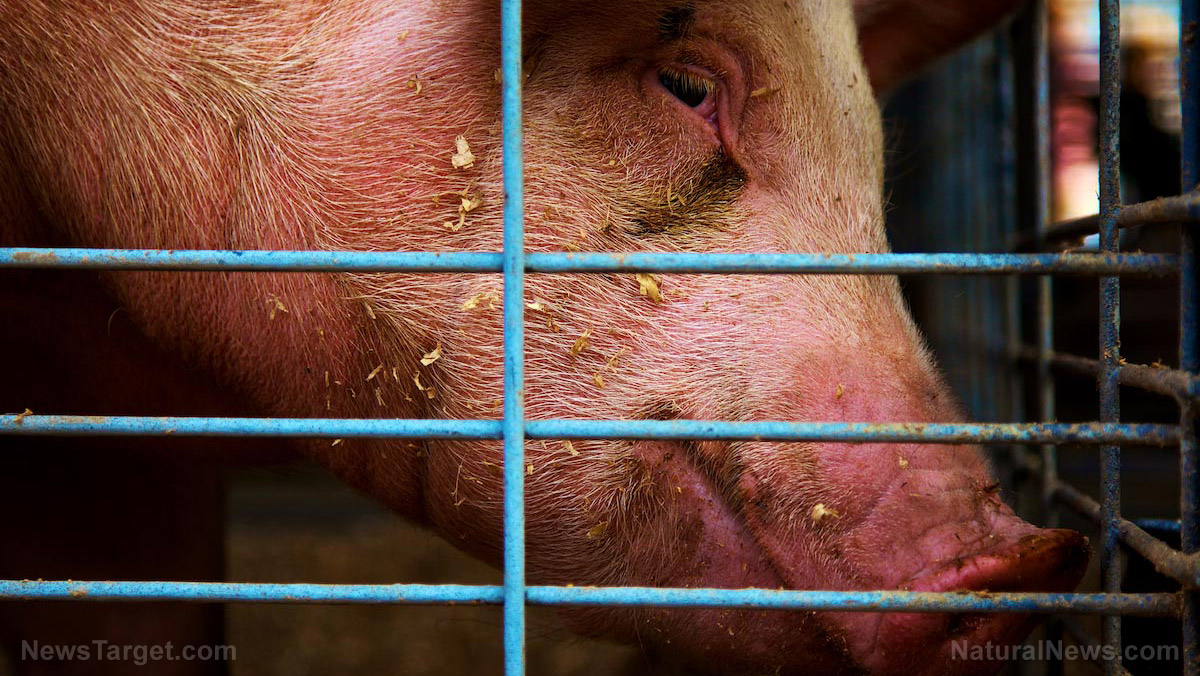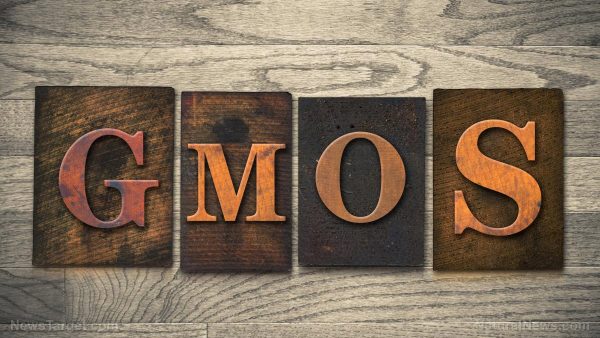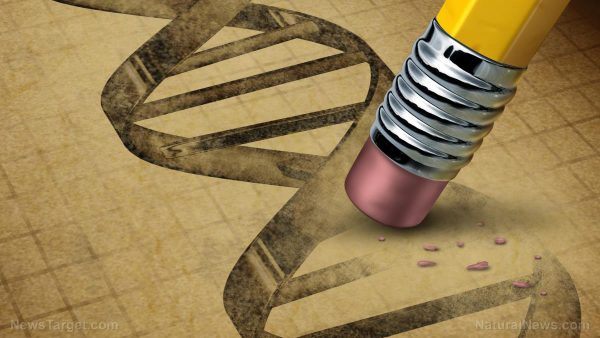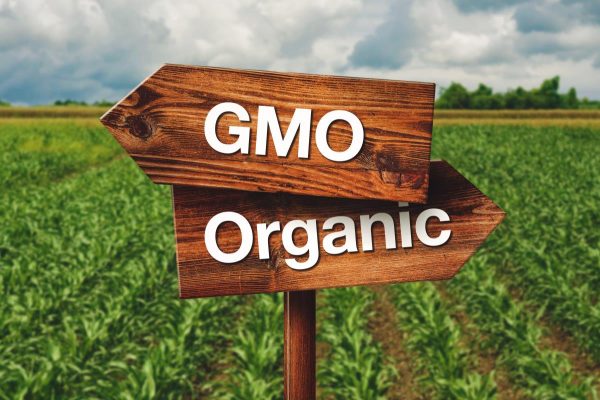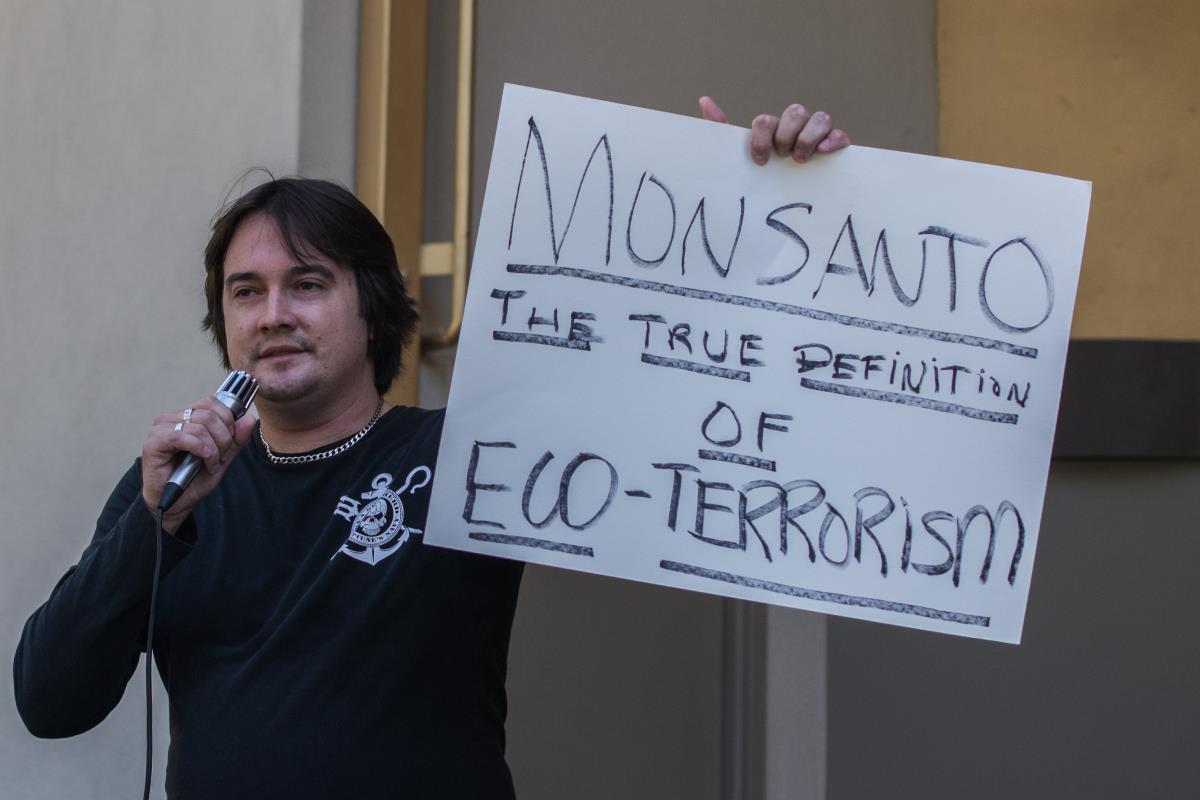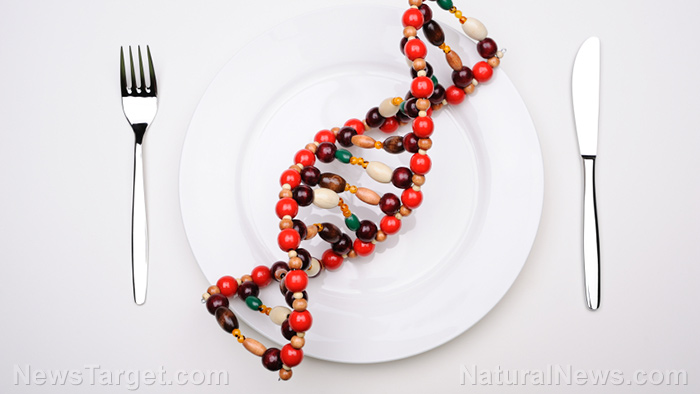Life-threatening risks arise from new DNA-modified “three parent” babies
02/14/2017 / By David Gutierrez
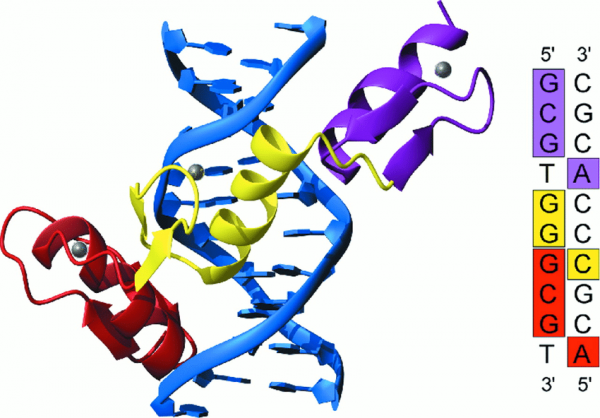
A controversial new biotechnology technique to produce children with three genetic parents might not actually cure the congenital diseases it’s designed to target, experts have warned — most recently, in a study conducted by researchers from Oregon Health and Science University and published in the journal Nature.
The technique in question, popularly known as three-person (or “three-parent”) in vitro fertilization (IVF), is designed to produce babies free of inherited defects in their mitochondria, the organelles that provide cells with energy. Mitochondria have their own DNA, separate from the DNA in the nucleus that is believed to control nearly all our bodily processes and traits. Because mitochondrial DNA is inherited only from the mother, three-person IVF takes the nucleus of a zygote produced via IVF and implants it into the donor egg, resulting in a cell with nuclear DNA from the two parents and mitochondrial DNA from a third person. (RELATED: Follow more news about bizarre genetics experiments at GeneticLunacy.com)
Not so separate after all
In September, U.S. scientists announced the birth of a baby produced using three-person IVF. The procedure had been performed in Mexico, because it is not legal in the United States.
In 2002, the FDA actually banned a previous incarnation of three-person IVF, called cytoplasmic transfer, due to concerns over possible side effects.
Following the September announcement, another three-person IVF child was born in China. The United Kingdom followed by formally approving the procedure and setting up a protocol by which fertility labs could apply for approval to perform it.
But unbridled enthusiasm over the technique may be premature, mitochondrial experts have warned. That’s because the separation between mitochondrial and nuclear DNA isn’t as simple as it sounds. The mitochondrial genome is so stripped down that 99 percent of mitochondrial proteins are actually synthesized by the nucleus. That means that mitochondrial and nuclear DNA must work in tight coordination with each other. Swapping out mitochondria from a completely different mother might produce unforeseen health complications.
Additionally, three-person IVF cannot completely remove 100 percent of the original mitochondria. Studies suggest that around 2 percent of the original mitochondria migrate to the new cell along with the nucleus.
Original genome reasserts itself
Is that 2 percent enough to matter? The Nature study provides an overwhelming “yes.”
The researchers performed three-parent IVF in mice, then modified the embryos produced so that they could live indefinitely and be multiplied over and over again. The researchers found that in about 15 percent of cases, the original mother’s mitochondria eventually reasserted itself and eradicated the donor mitochondria.
This process could occur at any time during fetal development, or perhaps even during the adult life of a child produced by three-parent IVF.
Other studies suggest that if the nuclear and mitochondrial DNA fail to recognize each other properly, the organism can suffer from poor health and infertility. This can occur if researchers change as little as 0.2 percent of an organism’s mitochondrial DNA.
Concerns like these led a U.S. panel to recommend in early 2016 that if mitochondrial replacement therapies such as three-person IVF are approved, they only be used on male embryos. This would prevent any modified mitochondria from being passed on to future generations, and thus hopefully limit any potential side effects.
But while this policy could help contain the dangerous implications of three-person IVF, many experts say it does not go far enough to protect the babies being produced. Some studies, for example, suggest that male children are more prone to negative health outcomes as an effect of mitochondrial replacement.
The Oregon researchers are now investigating different mitochondrial lineages, to see if the side effects of three-person IVF could be minimized by using donors from within the same lineage. They are also investigating why some mitochondria seem to replicate faster than others, in the hopes of using fast-replicators as donors.
Sources for this article include:
Tagged Under: Fertility, IVF, mitochondrial replacement, three-parent IVF, three-person IVF





